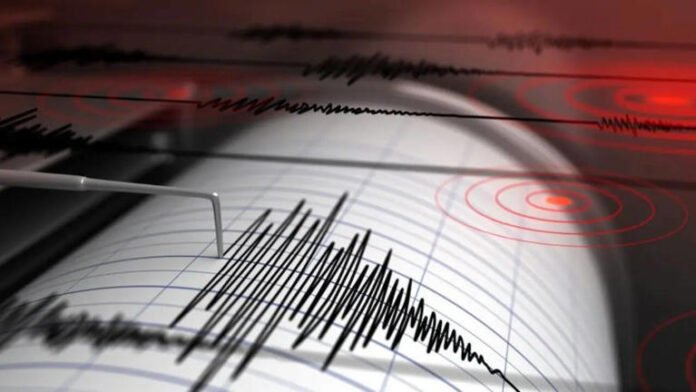A devastating earthquake of magnitude 5.9 hit Afghanistan’s Hindu Kush region early today, sending shockwaves through several provinces. The earthquake, which struck at 1:24 a.m. local time, had its epicenter approximately 29 miles southwest of Khost, a key city near the border with Pakistan. The tremor, originating at a shallow depth of about 6.2 miles (10 kilometers), caused significant destruction in the affected areas, leading to widespread panic and loss of life.
Geological Background
The earthquake occurred in the Hindu Kush mountain range, an area notorious for its seismic activity due to its location at the convergence of the Eurasian and Indian tectonic plates. The region is situated along the Chaman fault, an active seismic zone that is regularly subjected to tectonic shifts, making it prone to frequent earthquakes.
The Hindu Kush region is known for its rugged terrain and complex fault lines, which amplify the effects of seismic events. This region has witnessed numerous earthquakes in the past, contributing to the continuing risks faced by the local population.
Immediate Impact
Khost and the neighboring Paktika province bore the brunt of the earthquake’s impact, with buildings collapsing, roads cracking, and communication lines being severed. Thousands of people are believed to have been affected, and numerous fatalities have been reported. Residential homes, schools, and other vital infrastructure have been obliterated, leaving many people homeless and without access to essential services.
The situation remains dire, with rescue operations struggling to reach isolated communities in remote areas. The lack of infrastructure and damaged roadways have created significant challenges for emergency teams attempting to provide life-saving aid.
Humanitarian Response
In the wake of this powerful earthquake, humanitarian organizations and local authorities have begun mobilizing resources to assist those affected. Emergency medical teams are being deployed, while relief supplies, including food, clean water, and shelter materials, are being distributed.
However, the logistical challenges are immense, particularly due to the political and infrastructural difficulties faced by Afghanistan in recent years. The remote nature of many of the impacted areas means that aid is arriving at a slower pace than needed, and rescue teams are still working tirelessly to extract survivors trapped under rubble.
Tectonic Vulnerability of the Region
Afghanistan lies in one of the most seismically active zones in the world. The convergence of several tectonic plates under the region has made it highly vulnerable to earthquakes, some of which have caused devastating consequences over the years.
The Hindu Kush mountains, in particular, are a hotspot for seismic activity due to their location at the juncture of the Indian and Eurasian plates. The region has been hit by several major earthquakes in the past, each underscoring the need for robust disaster preparedness and risk management strategies.
Looking Ahead: Preparedness for Future Events
The recurring seismic activity in Afghanistan calls for improved disaster response systems and better preparedness in earthquake-prone areas. While Afghanistan has made efforts to develop early warning systems and disaster management strategies, more needs to be done to protect communities in high-risk zones.
One of the key challenges remains improving building codes and ensuring that structures are better equipped to withstand earthquakes. Furthermore, investing in infrastructure that can resist seismic shocks and conducting regular risk assessments are vital to reducing the future impact of such disasters.
The earthquake that struck Afghanistan’s Hindu Kush region is a tragic reminder of the country’s vulnerability to natural disasters. As the death toll continues to rise and rescue efforts intensify, the focus must not only be on immediate relief but also on long-term strategies to strengthen the country’s resilience to seismic events. The global community’s continued support will be crucial in helping Afghanistan rebuild and ensure the safety of its people in the face of future earthquakes.

